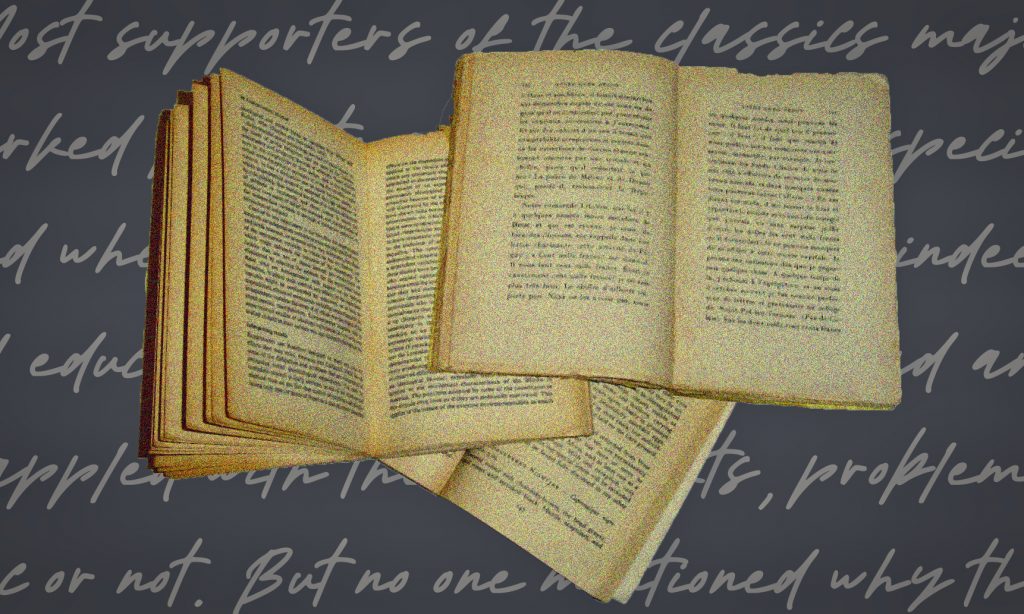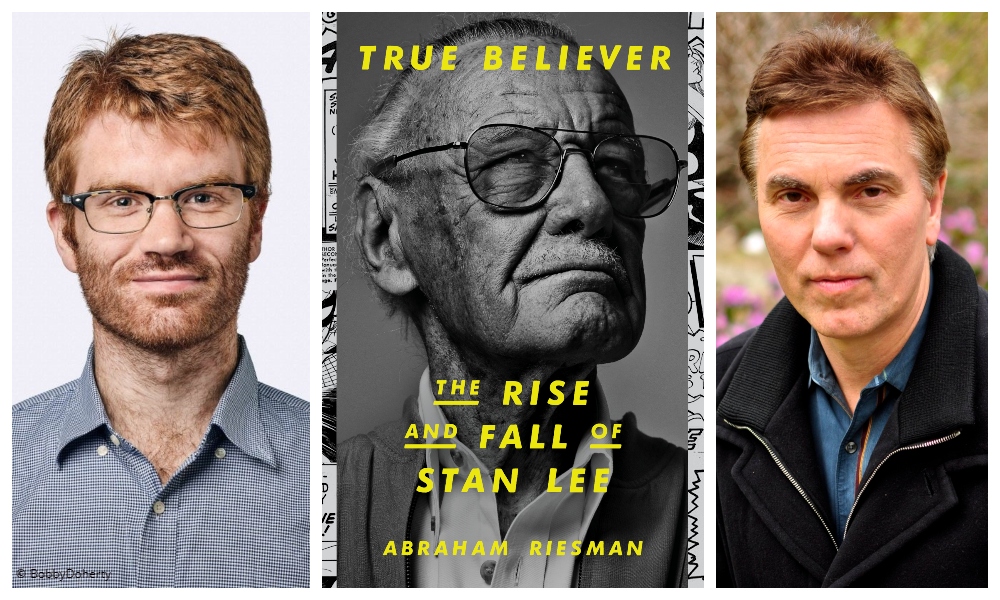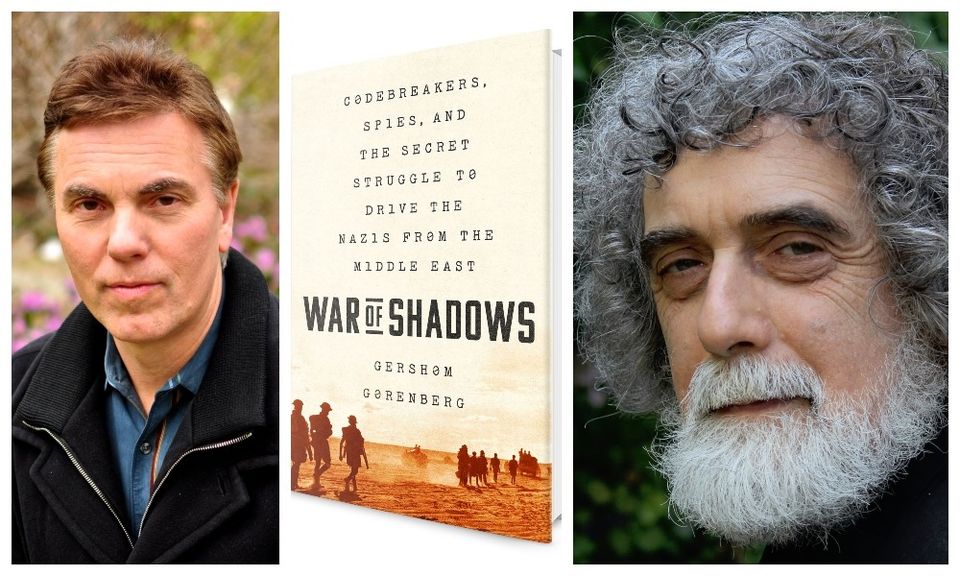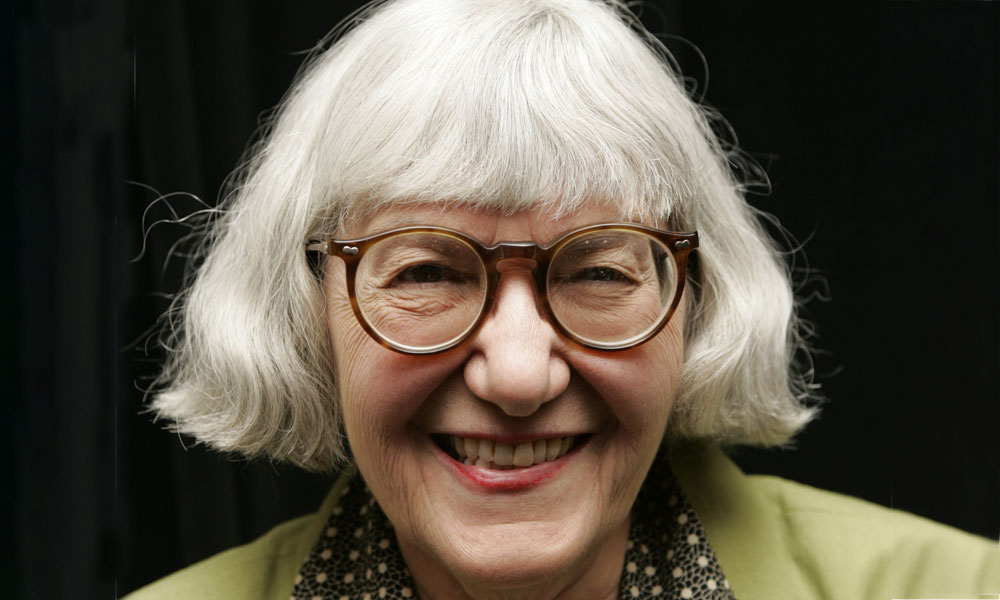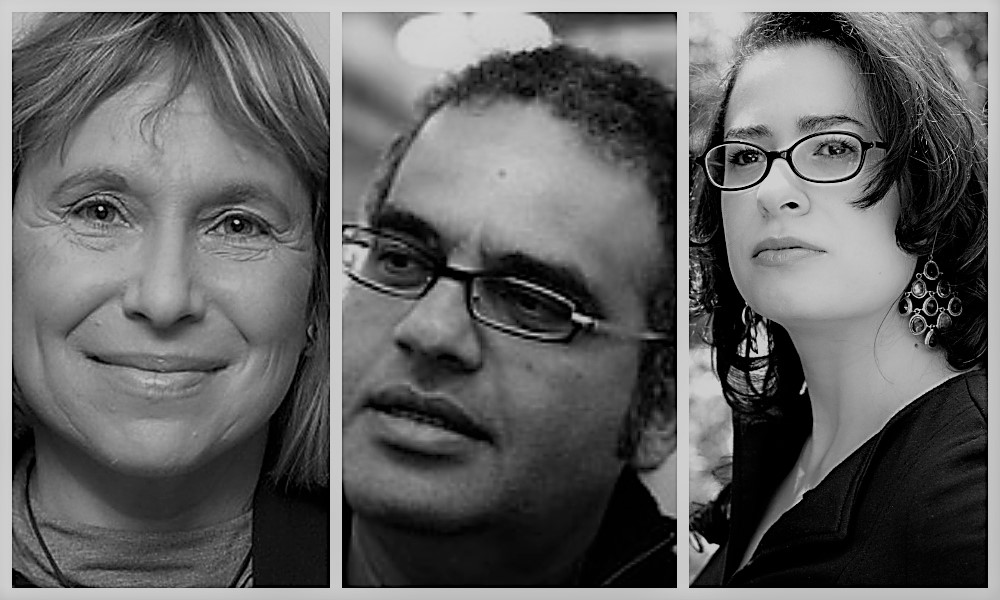The Accusation: Blood Libel in an American Town
By Edward Berenson
W.W. Norton
2019, 256 pp; $26.95
Around the middle of the afternoon on Saturday, September 22, 1928, Marion Griffiths sent her four-year-old daughter, Barbara, off to find her older brother Bobby and tell him it was time to come home.
Sending a small child on such an errand was common practice in Massena, New York, a town of no more than 10,000 on the U.S.-Canada border where people took their safety and security, and that of their little ones, pretty much for granted.
When Bobby, but not Barbara, returned by dinnertime, the girl’s parents grew alarmed, as did the community. And when an extraordinary rumor began to circulate—that the Jews of Massena, numbering about 20 families, might have kidnapped and killed the little Christian child, to use her blood in their rituals—many people believed it.
As volunteers scoured nearby woods for Barbara, authorities questioned two Jewish men about the allegations. On Sunday morning, with the girl still missing, a police officer and Massena’s mayor summoned the local rabbi to the town hall as 300 local residents milled outside.
For the first and apparently only time in history, the age-old blood libel, a terrible theme of European anti-Semitism, gained credence on American soil. A U.S. Jewish community feared that it could face the same mob violence that Christians had so often meted out against Jews in the Old World.
Edward Berenson, a professor of history at New York University, seeks in this intriguing and readable narrative to explain how and why such a thing could happen. With family roots in Massena, Berenson possesses personal knowledge of the town’s small but once prominent Jewish community—today dwindled to just 10 people. He has a feel for its special characteristics as a place that was heavily industrialized—the main employer was the Alcoa aluminum plant—yet, at the time of Barbara Griffiths’ disappearance, well outside the cultural mainstream.
Immigrants came from all over Europe to work in the big Massena smelter, and many of them brought their anti-Semitic prejudices with them. Also influential was the political climate of next-door Quebec, which was then a hotbed of anti-Semitism. The Ku Klux Klan was active near Massena in the 1920s, and the entire United States was caught up in the 1928 presidential campaign, which pitted Governor Al Smith of New York, the Democrat, against Republican Herbert Hoover. Berenson vividly
recreates the near-hysteria with which white, Protestant Americans viewed the prospect of a victory for the Roman Catholic Smith.
Berenson’s view is that these various factors combined to prepare the Protestants of Massena, no longer a demographic majority but still in charge of local business and government, to believe the worst about their Jewish neighbors. In an extended historical passage, he reviews repeated European outbreaks of blood libel from medieval England to the eve of the 20th century, showing that the Massena version echoed its main themes with eerie precision. (He notes the distinction between the blood libel accusation in Massena and the best-known case of anti-Semitic violence from the era, the 1913 lynching of Leo Frank in Georgia, which was triggered by an accusation that Frank had murdered a 14-year-old girl—but not that he had done so for purported ritualistic motives.)
What Berenson cannot quite do is determine exactly who first accused Massena’s Jews. When the rabbi responded to his interrogation with an indignant denial, the police officer questioning him semi-apologetically replied that he was just repeating what he had heard from “a foreigner.” As Berenson notes, this was plausible, but there is no proof of it; nor is there anything more than speculation to support the competing theory that Klansmen in the local fire department started the story.
The case ended when Barbara Griffiths emerged unharmed from the tall grass where she had gotten lost and spent Saturday night. As quickly as it began, the blood libel ceased to circulate and the Jews were no longer blamed—apart from a few unfounded murmurs that they had set Barbara free once their plot was exposed.
Only about 24 hours had elapsed, but that was long enough for the Jews of Massena to contact Jewish leaders in New York City. They, in turn, protested to politicians and the national press, keeping the issue alive throughout the final month of the heated presidential campaign.
As it happened, the overwhelming tone of the coverage was sympathetic to the Jews. Seizing the moment, the American Jewish Committee under Louis Marshall and the American Jewish Congress under Rabbi Stephen Wise launched persistent but typically (and unfortunately) competing campaigns. As Berenson ruefully recounts, they demanded increasingly abject apologies from the local authorities, demands which were, in the end, satisfied.
“The outcome of this scandal,” Berenson writes, “was thus almost entirely favorable to Jews.” The ritual murder accusation never reappeared in the U.S.
This happy ending, though, would have a ghastly epilogue 90 years later in the massacre of 10 Jews at prayer in Pittsburgh in October 2018. The murderer in that recent case had a head full, not of age-old blood libels, but of modern conspiracy theories about purported Jewish plots to replace the white race. So did the shooter who killed one Jew in Poway, California, in April 2019. In Berenson’s account, researched and written before these events, the Massena case appears as an anti-Semitic exception to a generally inclusive and welcoming American rule. Now, readers can’t help wondering whether that rule might be changing.
Charles Lane, an editorial writer for The Washington Post, is the author most recently of Freedom’s Detective: The Secret Service, the Ku Klux Klan, and the Man Who Masterminded America’s First War on Terror.
Moment Magazine participates in the Amazon Associates program and earns money from qualifying purchases.




